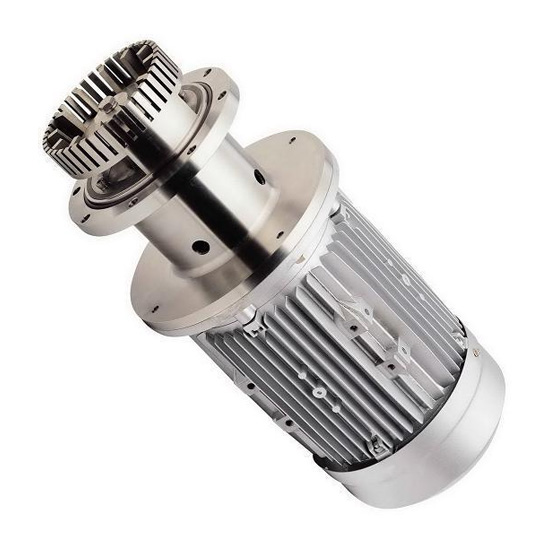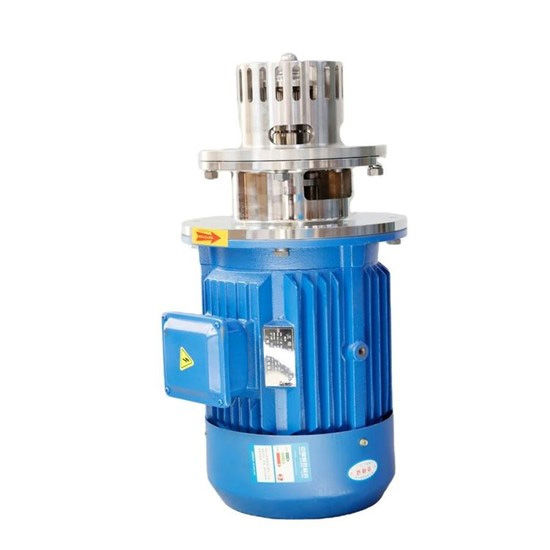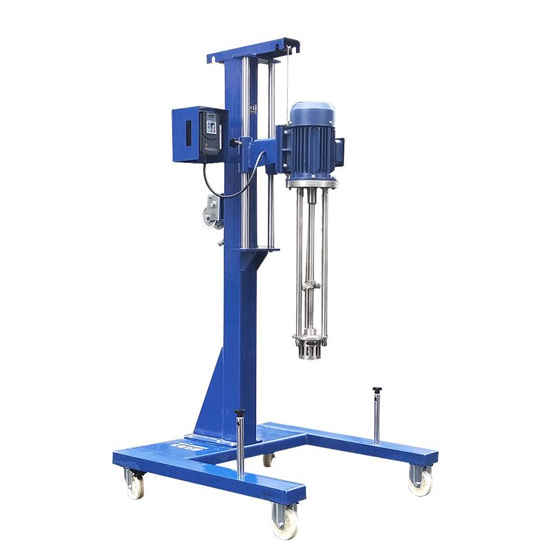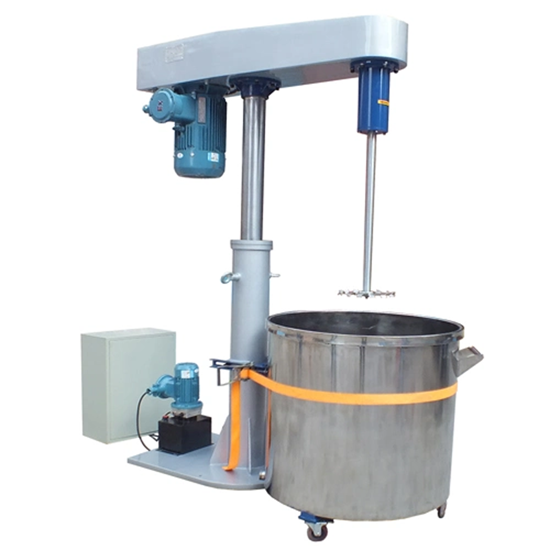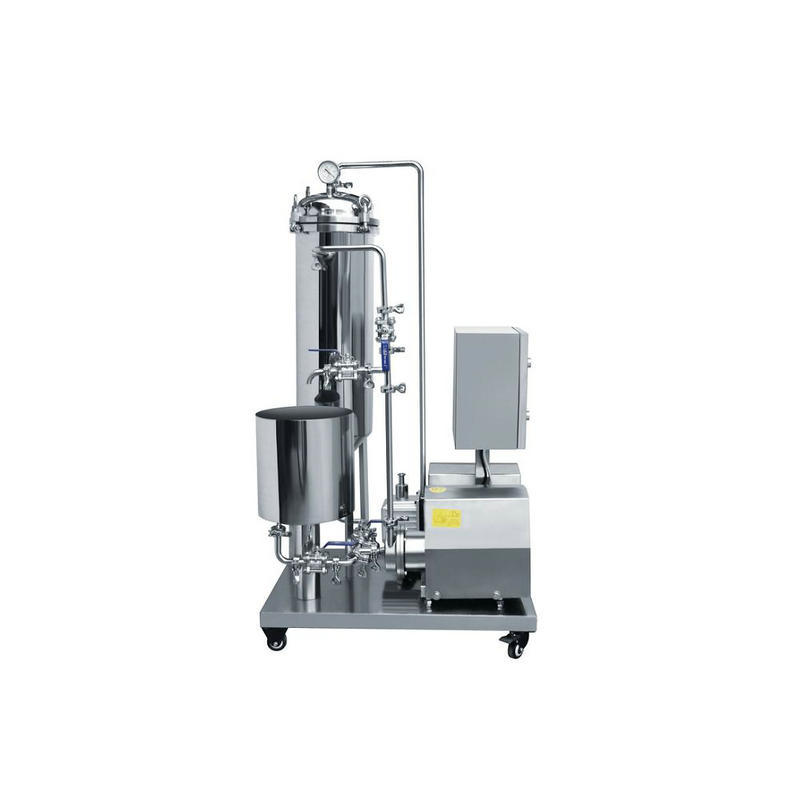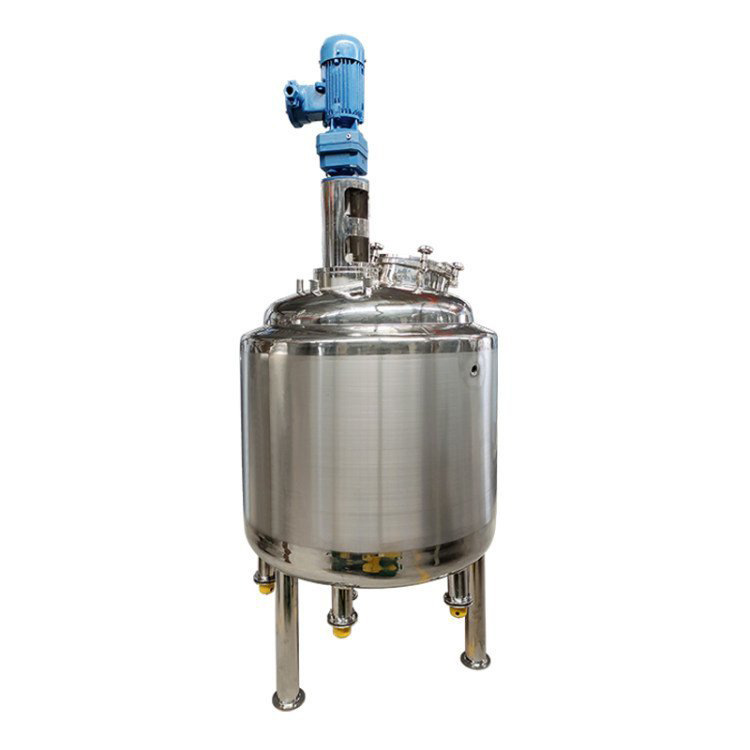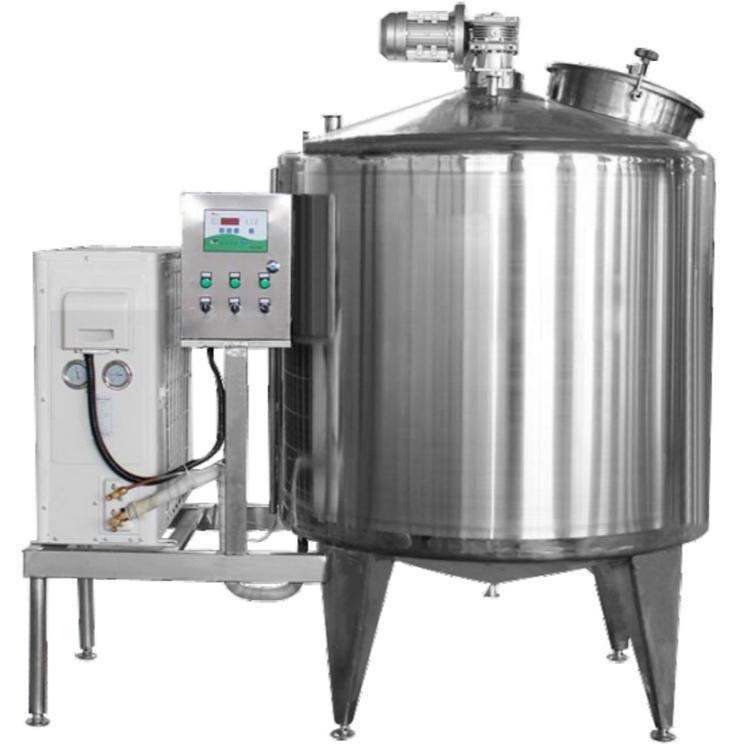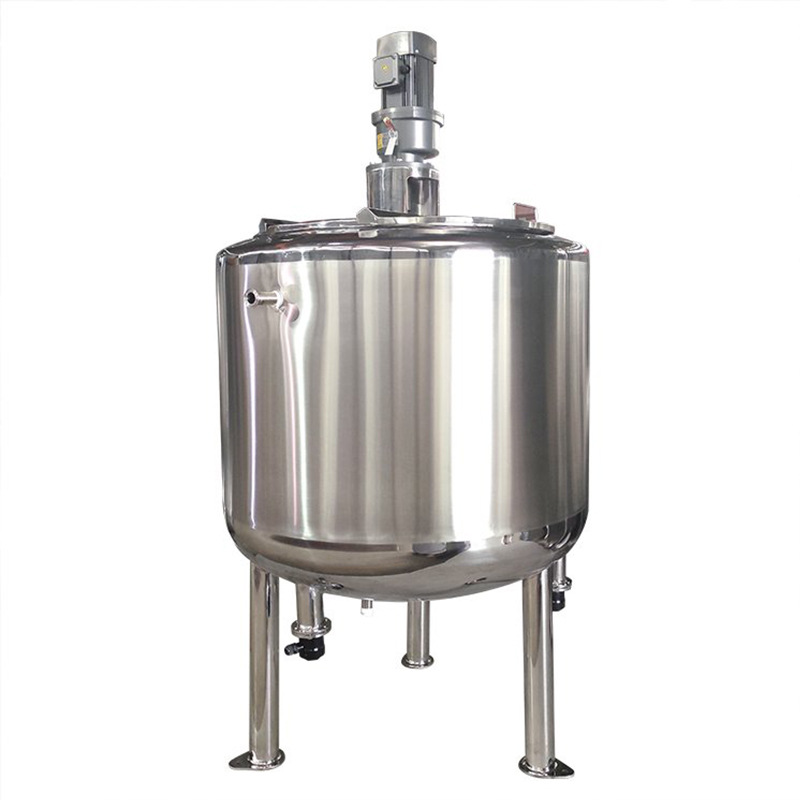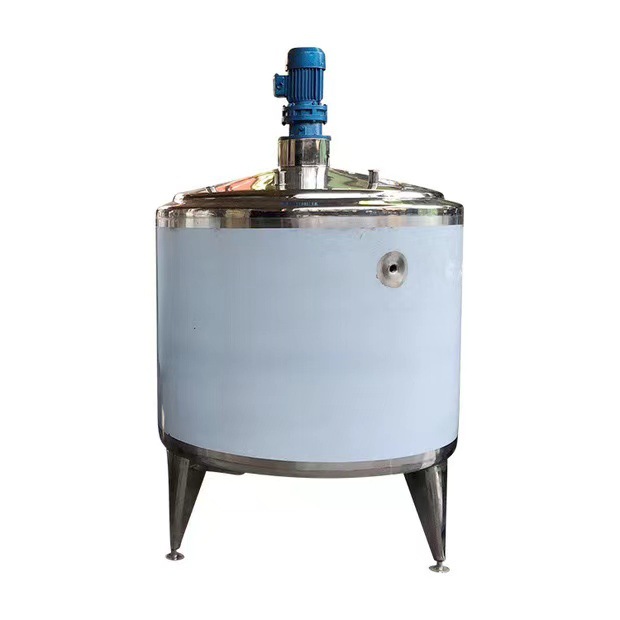What Is Gel? How Do Bubbles Affect Gel Quality? What Role Does The Vacuum Emulsifier Play In Gel Production?
Gel is a kind of semi-solid substance between solid and liquid. It is neither pure solid nor pure liquid. Gel can be composed of a variety of components, including polymers, cross-linkers, solvents and active molecules.
In the process of gel making, the generation of bubbles is a common problem, which will affect the quality, stability and application performance of the final product.
To solve this problem, scientists have developed various methods to eliminate bubbles, one of which is the use of High Shear Emulsifier.
1. Basic principles of gel
Gel is a semi-solid substance composed of a polymer network and a liquid. Its structure is usually composed of polymer chains and cross-linking points. The cross-linking between polymer chains forms a network that wraps the liquid in it.
This network structure makes the gel have high viscosity and elasticity, while also restricting the movement of the liquid, giving the gel the properties of a solid, such as fixed shape and difficulty in flowing.
The preparation process of gel usually involves two main steps: the formation of polymer chains and the introduction of cross-linking points.
Polymer chains can be formed by polymerization, and cross-linking points can be introduced between polymer chains by chemical bonds or physical actions. The number and distribution of cross-linking points determine the physical properties of the gel, such as viscosity, elasticity, and shape fixity.
2. The generation and impact of bubbles
The generation of bubbles is a common problem in the preparation of gels.
Bubbles can be generated by a variety of reasons, including gases generated by chemical reactions, the release of dissolved gases, the use of emulsifiers, etc. The generation of bubbles will have a negative impact on the quality and application performance of the gel. Specifically:
1. Impact on product quality
The presence of bubbles will destroy the structural integrity of the gel, resulting in irregular shapes and uneven textures of the product.
In addition, bubbles may also react with other ingredients in the product to produce unpleasant odors or color changes.
2. Impact on product stability
The presence of bubbles will increase the volume of the product, thereby reducing its density. This will affect the storage and use performance of the product, making it more susceptible to external environmental influences such as changes in temperature, pressure, and humidity.
3. Impact on product performance
The presence of bubbles will change the application performance of the product, such as affecting its electrical conductivity, thermal conductivity, optical transparency, etc. This is an important issue for products that require specific properties.
3. Working principle of vacuum emulsifier
A vacuum emulsifier is a machine used to mix and emulsify liquids. It sucks and breaks bubbles in the liquid through the gap between the high-speed rotating rotor and stator.
In this process, the liquid is sucked into the machine and then broken into tiny droplets by the high-speed rotating rotor. These droplets are then thrown out of the machine to form an emulsion.
The working effect of the vacuum emulsifier depends on multiple factors, including the design of the machine, operating parameters (such as speed, time, temperature), the characteristics of the liquid, and the type of substance to be processed.
Under appropriate conditions, the vacuum emulsifier can effectively eliminate bubbles in the liquid and improve the uniformity and stability of the product.
ZJR-1300 vacuum emulsifier
4. Application of vacuum emulsifier in gel production
In the process of gel production, a vacuum emulsifier can be used to eliminate bubbles and improve the quality of the product. Specifically, the vacuum emulsifier can be used for the following steps:
1. Premixing and emulsification
During the initial preparation of the gel, various ingredients (such as polymers, crosslinkers, solvents, and active molecules) can be placed in the vacuum emulsifier for premixing and emulsification.
In this process, the vacuum emulsifier can help the ingredients to be fully mixed and form a uniform emulsion.
2. Eliminate bubbles
After the emulsion is formed, some bubbles may be generated. At this time, the emulsion can be poured into the vacuum emulsifier and the bubbles can be eliminated through the gap between the high-speed rotating rotor and stator.
This will result in a uniform emulsion without bubbles.
3. Curing and molding
After the bubbles are eliminated, the emulsion can be placed in a mold for curing and molding.
This process usually takes some time, and factors such as temperature and pressure may need to be controlled to ensure the correct curing conditions. Finally, a gel product with the desired shape and properties can be obtained.
In general, vacuum emulsifier plays an important role in gel making. It can not only eliminate bubbles but also improve the uniformity and stability of the product, thereby improving the quality and application performance of the product.


